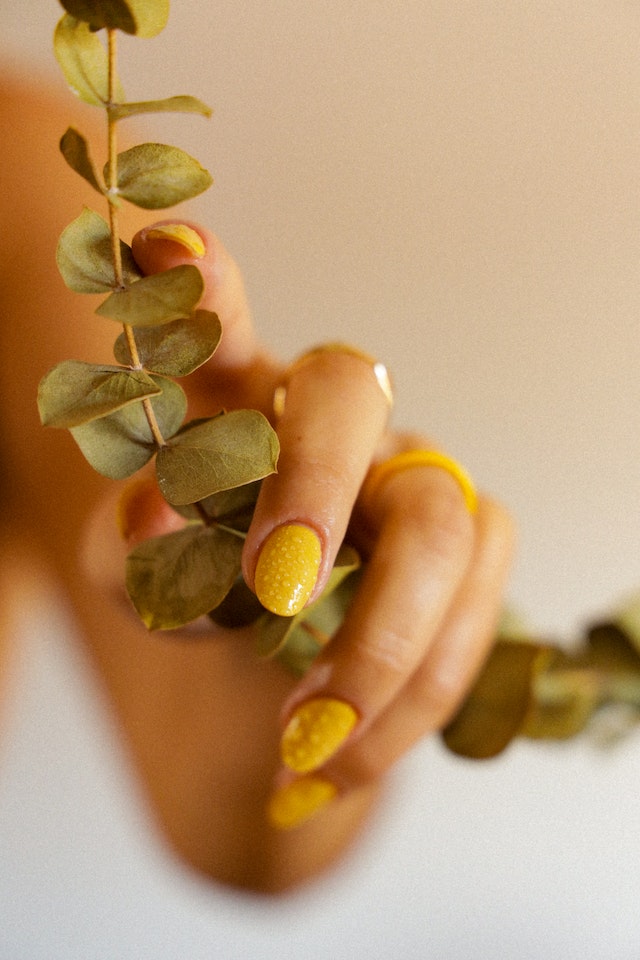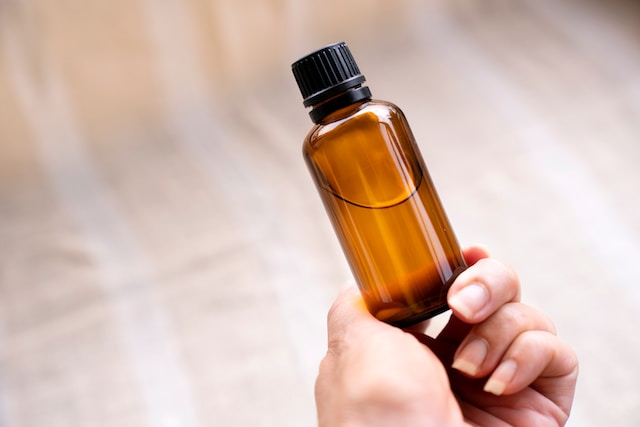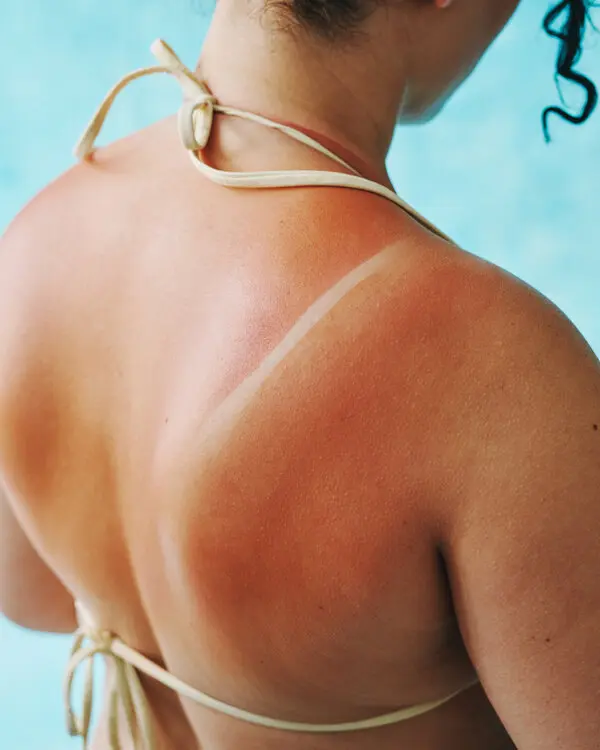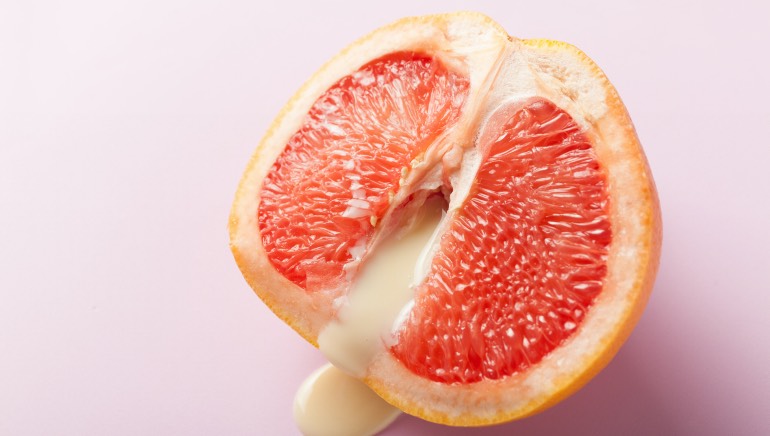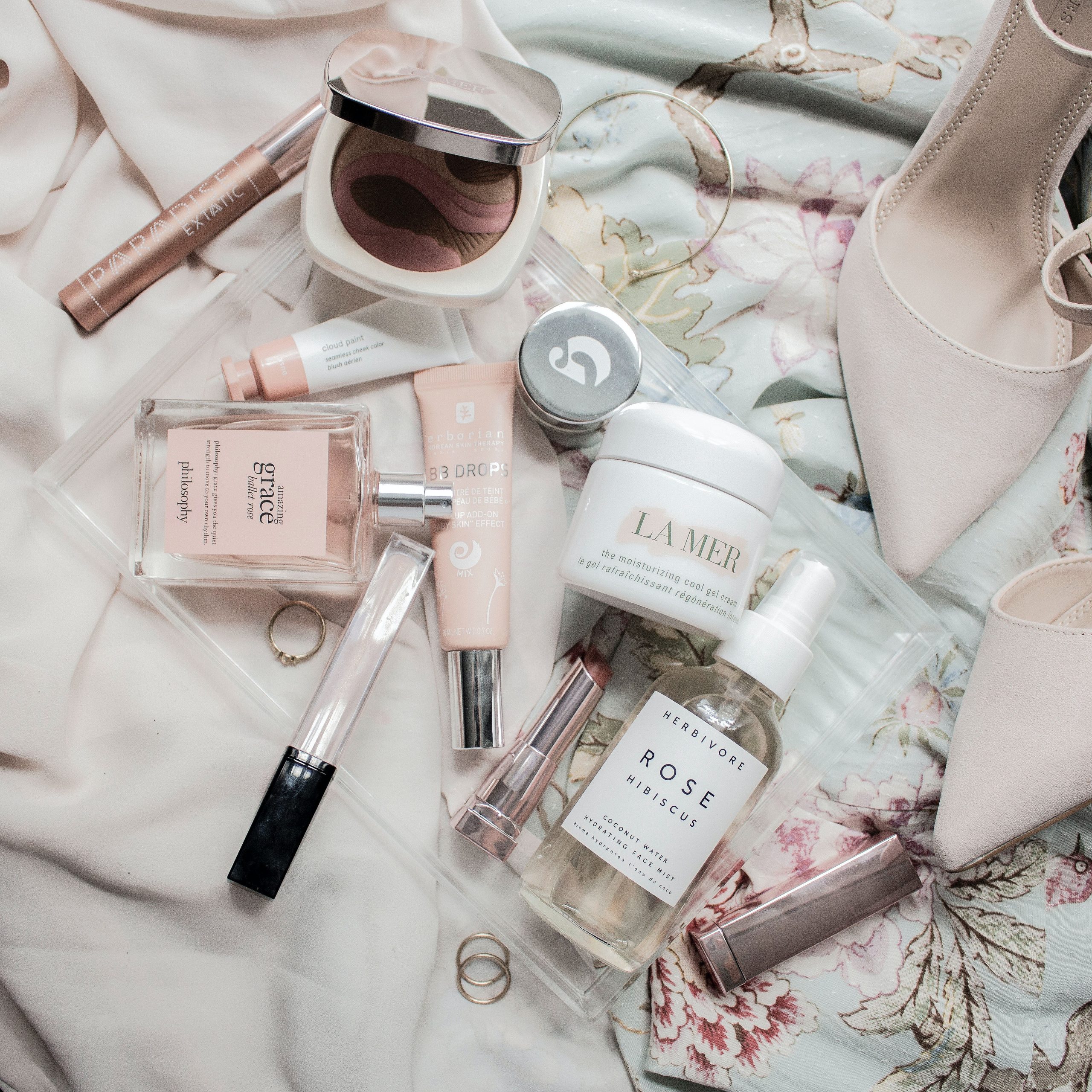Introduction:
Yellow nails can be a common and frustrating issue that many people face. Whether caused by fungal infections, frequent use of nail polish, or other factors, yellow nails can affect your confidence and overall nail health. In this comprehensive guide, we will explore effective treatments and preventive measures to help you address and prevent yellow nails.
1. Understand the Underlying Causes:
To effectively treat and prevent yellow nails, it is important to understand the underlying causes. Common causes include fungal infections, excessive use of nail polish or artificial nails, smoking, poor nail hygiene, and certain health conditions. Identifying the cause can guide your treatment approach.
2. Practice Good Nail Hygiene:
Maintaining good nail hygiene is crucial to prevent and treat yellow nails. Keep your nails clean and dry, regularly trim and shape them, and gently clean under the nails using a soft brush. Avoid biting or picking at your nails, as this can cause damage and discoloration.
3. Limit Use of Nail Polish and Artificial Nails:
Frequent and prolonged use of nail polish and artificial nails can contribute to yellowing. Allow your nails to breathe by taking breaks from nail polish and giving them time to recover. When using nail polish, apply a base coat to protect your nails from staining and choose nail polishes that are free from harmful chemicals.
4. Treat Fungal Infections:
If a fungal infection is causing your yellow nails, proper treatment is essential. Over-the-counter antifungal creams and ointments can be effective for mild infections. In more severe cases, consult a healthcare professional who may prescribe oral antifungal medications or recommend other suitable treatments.
5. Lemon Juice Soak:
Lemon juice has natural bleaching properties that can help reduce yellow stains on nails. Prepare a mixture of fresh lemon juice and warm water in a bowl. Soak your nails in the solution for about 10 minutes, then gently scrub your nails using a soft brush. Rinse thoroughly and moisturize your nails afterward.
6. Hydrogen Peroxide Solution:
Diluted hydrogen peroxide can be used to whiten yellow nails. Mix equal parts of hydrogen peroxide and water in a bowl. Soak your nails in the solution for a few minutes, then rinse thoroughly. Be cautious when using hydrogen peroxide, as it may cause dryness or irritation.
7. Tea Tree Oil:
Tea tree oil possesses antifungal and antimicrobial properties, making it beneficial for treating yellow nails caused by fungal infections. Apply a few drops of tea tree oil directly to the affected nails and gently massage. Leave it on for some time before rinsing off.
8. Balanced Diet and Supplements:
A healthy diet rich in essential nutrients can promote nail health. Include foods that are rich in biotin, vitamin E, iron, and zinc. Additionally, consider taking supplements after consulting with a healthcare professional to ensure you are meeting your nutritional needs.
9. Protect Your Nails:
Take precautions to protect your nails from excessive moisture and trauma. Wear gloves while doing household chores or working with chemicals. Avoid exposing your nails to harsh detergents or prolonged immersion in water, as these can weaken and discolor them.
10. Seek Professional Advice:
If home remedies and preventive measures do not improve the condition of your yellow nails, it is advisable to seek professional advice from a dermatologist or healthcare provider. They can assess your situation, provide a proper diagnosis, and recommend appropriate treatments or further investigations if necessary.
Conclusion:
Treating and preventing yellow nails requires a combination of proper nail hygiene, identifying and addressing underlying causes, and utilizing effective home remedies. By following the tips outlined in this guide, you can improve the health and appearance of your nails. Remember to be patient, as it may take time for the discoloration to fade. If concerns persist, consult a healthcare professional for personalized advice and guidance.






